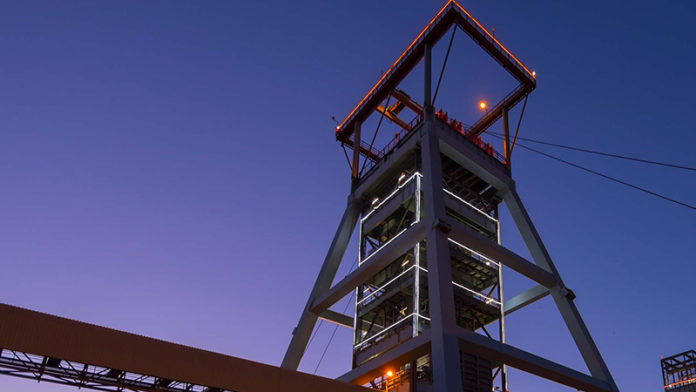
NORTHAM Platinum Holdings has dangled the incentive of developing Royal Bafokeng Platinum’s (RBPlat’s) mineral resources quicker than current management envisaged if shareholders accept its voluntary takeover offer unveiled today.
Northam said in offer documentation today that among benefits of its takeover of RBPlat would be an expanded mining footprint including the second phase of RBPlat’s Styldrift. The mine is currently ramping up to its first phase capacity of 320,000 platinum group metals (PGM) ounces annually. The second phase expansion would double production.
“Northam’s experience and expertise at its Booysendal mining complex, together with the innnovative mode of development of the 3 shaft project at its Zondereinde mine bodes well for modular development and growth initiatives at Styldrift II,” it said.
Northam also laid the groundwork for a possible joint venture with Impala Platinum (Implats) in RBPlat. It said in its offer documentation it would be prepared to extend current royalty arrangements “on reasonable commercial terms” with Implats 6 and 20 shafts which are adjacent to RBPlat.
In terms of its RBPlat takeover ambitions, Northam has offered R172.70 per RBPlat share consisting of shares and cash. The deal consideration is structured in such a way that the maximum cash component does not exceed R10bn.
Shares in Northam fell just over 3% in early Johannesburg trade while shares in RBPlat gained 10% to R166,98/share.
RBPlat has said previously that it did not see its way to developing the second phase of Styldrift partly because its CFO of the time, Hanré Rossouw took a conservative view of how the PGM markets would develop. It was also constricted in terms of spending power: Styldrift cost about R14bn to build in total.
RBPlat’s assets contain an estimated 62 million ounces of platinum group metals (PGMs) consisting of UG2 and Merensky reefs at an extraction rate of about 75% – relatively high in the industry.
The deposits are also shallow ranging from surface to a depth of 1,000 metres. Dunne has long made the point that “depth is a proxy for risk and cost” in the industry. “That makes the assets very competitive and very strategic,” he said previously.









